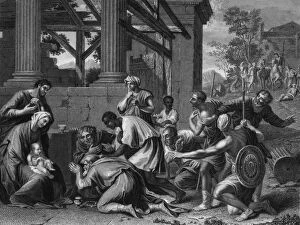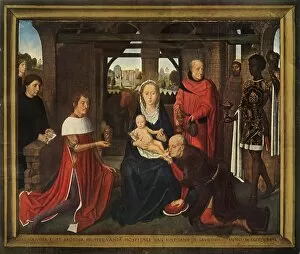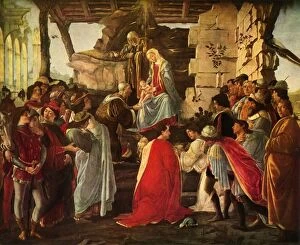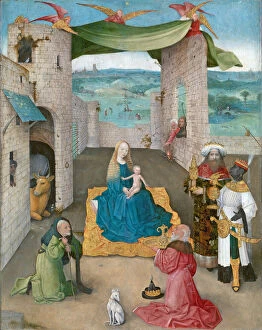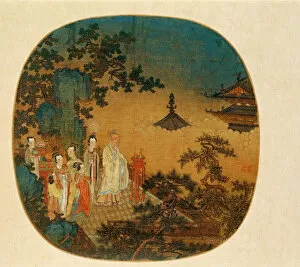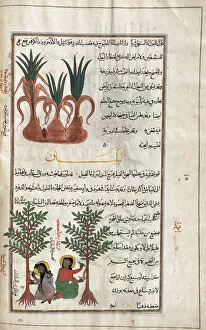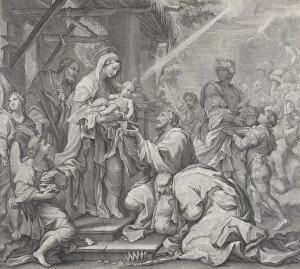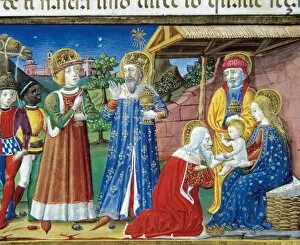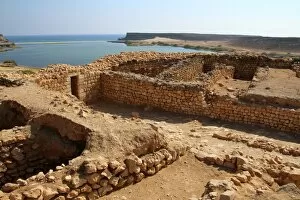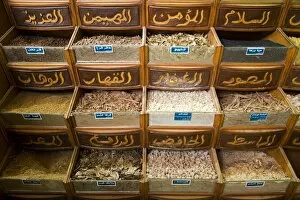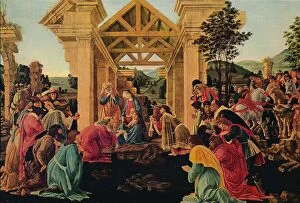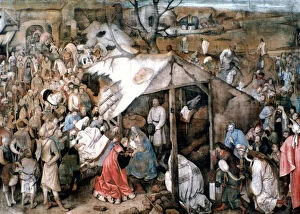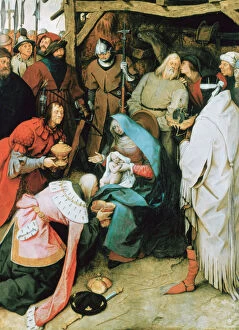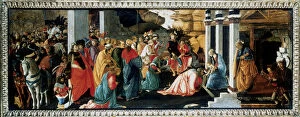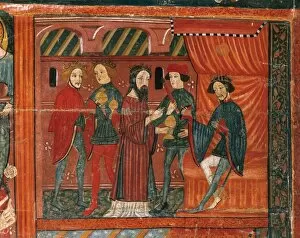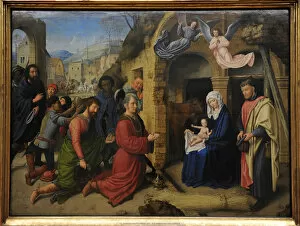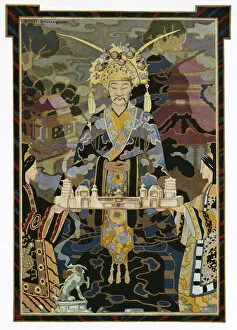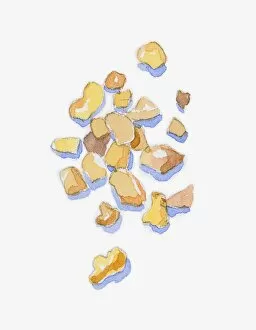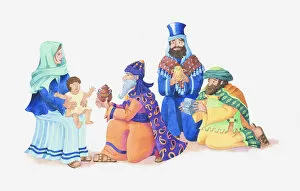Frankincense Collection (#3)
Discover the ancient gift of frankincense, a symbol of divinity and spirituality
For sale as Licensed Images
Choose your image, Select your licence and Download the media
Discover the ancient gift of frankincense, a symbol of divinity and spirituality. Used in the Nativity story, it was one of the precious offerings brought by the Magi during their travels. Picture a serene Nativity scene with the Three Kings bearing gifts, including frankincense from the sacred Boswellia sacra tree. This aromatic resin has been treasured for centuries, known for its calming properties and distinct fragrance. From loblolly pines to olibanum trees, this captivating substance holds cultural significance worldwide. Intricate gold and glass bottles hold local frankincense perfumes found in Al-Husn Souq in Salalah. These fragrances capture the essence of tradition and elegance. Just like The Three Kings who followed O Star of Wonder on that holy night long ago, we are drawn to its mystical allure. Frankincense has not only played a role in religious rituals but also held importance among priests, High-Priests, and Levites throughout history. Its presence adds an air of sanctity to any space it graces. Travel back in time to Romanesque Art where Catalonia's Espinelves showcases a frontal altar adorned with frankincense as part of worship practices. Its use transcends borders and cultures. Even today, you can find incense and spices for sale at souks like those found in Dubai's United Arab Emirates—a testament to how this timeless treasure continues to captivate hearts across generations. Let us embrace the enchanting power of frankincense—its rich history intertwined with faith and reverence.


